
Most do this wrong. 10 foods you’re storing in the wrong container

Keeping food fresh and flavorful isn’t just about buying quality ingredients—it also depends on how you store them. Using the wrong container or environment can lead to spoilage, loss of flavor, and even nutrient degradation. Many of us unknowingly make storage mistakes with everyday foods.
Here’s a guide to 11 common foods that are often stored incorrectly, and simple ways to store them properly to maximize freshness and taste.
1. Tomatoes in Plastic: A Recipe for Ruin
Tomatoes need to breathe, but plastic traps moisture, causing them to become mushy and flavorless.
Better approach: Store tomatoes at room temperature, in a single layer, stem side up, in a ventilated container like a basket or bowl. Air circulation keeps them fresh longer.
2. Cheese in Plastic Wrap: The Flavor Thief
Cheese is a living food that needs airflow. Wrapping it tightly in plastic can suffocate it, trap moisture, and promote mold.
Better approach: Wrap cheese in parchment or wax paper, then place it in a loose plastic bag. For hard cheeses, consider a cheese dome or storage container.
3. Bread in Plastic Bags: The Enemy of Freshness
Plastic bags trap moisture, which can make bread go stale faster or grow mold.
Better approach: Store bread in a bread box or paper bag at room temperature. For longer storage, freeze bread in a freezer-safe bag.
4. Lettuce in Sealed Bags: A Wilting Mistake
Sealed plastic bags can make lettuce soggy and limp.
Better approach: After washing and drying, store lettuce in a container lined with paper towels. Leave the lid slightly open or use a ventilated container to maintain crispness.
5. Coffee Beans in the Freezer: A Freshness Faux Pas
Freezing coffee beans can make them absorb moisture and odors, diminishing flavor.
Better approach: Store beans in an airtight container in a cool, dark pantry to maintain aroma and taste.
6. Olive Oil in Clear Bottles: Light’s Worst Enemy
Exposure to light can cause olive oil to oxidize and go rancid.
Better approach: Use dark, opaque bottles and store in a cool, dark place to preserve flavor and nutrients.
7. Nuts in the Pantry: A Rancid Risk
Nuts contain oils that go rancid when exposed to heat and light.
Better approach: Store nuts in an airtight container in the refrigerator or freezer to keep them fresh longer.
8. Honey in the Fridge: A Crystallization Catastrophe
Refrigeration causes honey to crystallize, making it hard to use.
Better approach: Store honey at room temperature in a tightly sealed container.
9. Avocados in the Fridge: A Ripening Roadblock
Fridge storage halts ripening, leaving avocados hard and flavorless.
Better approach: Keep avocados at room temperature until ripe. Once ripe, store in the fridge to extend shelf life a few extra days.
10. Onions in the Fridge: A Moisture Magnet
Fridge storage can make onions soft and moldy due to trapped moisture.
Better approach: Store onions in a cool, dry, well-ventilated place, like a pantry or cellar. Use a mesh bag or basket for airflow.
11. Potatoes in the Fridge: A Sweet Surprise
Refrigeration converts potato starches to sugar, causing an unusually sweet taste and altering texture.
Better approach: Store potatoes in a cool, dark place (pantry or cellar) in a paper bag or cardboard box to maintain flavor and texture.
Final Tip: The Right Storage Matters
Proper storage can extend shelf life, preserve flavor, and maintain nutrition. By making a few small adjustments, you can enjoy fresher, tastier food every day—and waste less in the process.
News in the same category

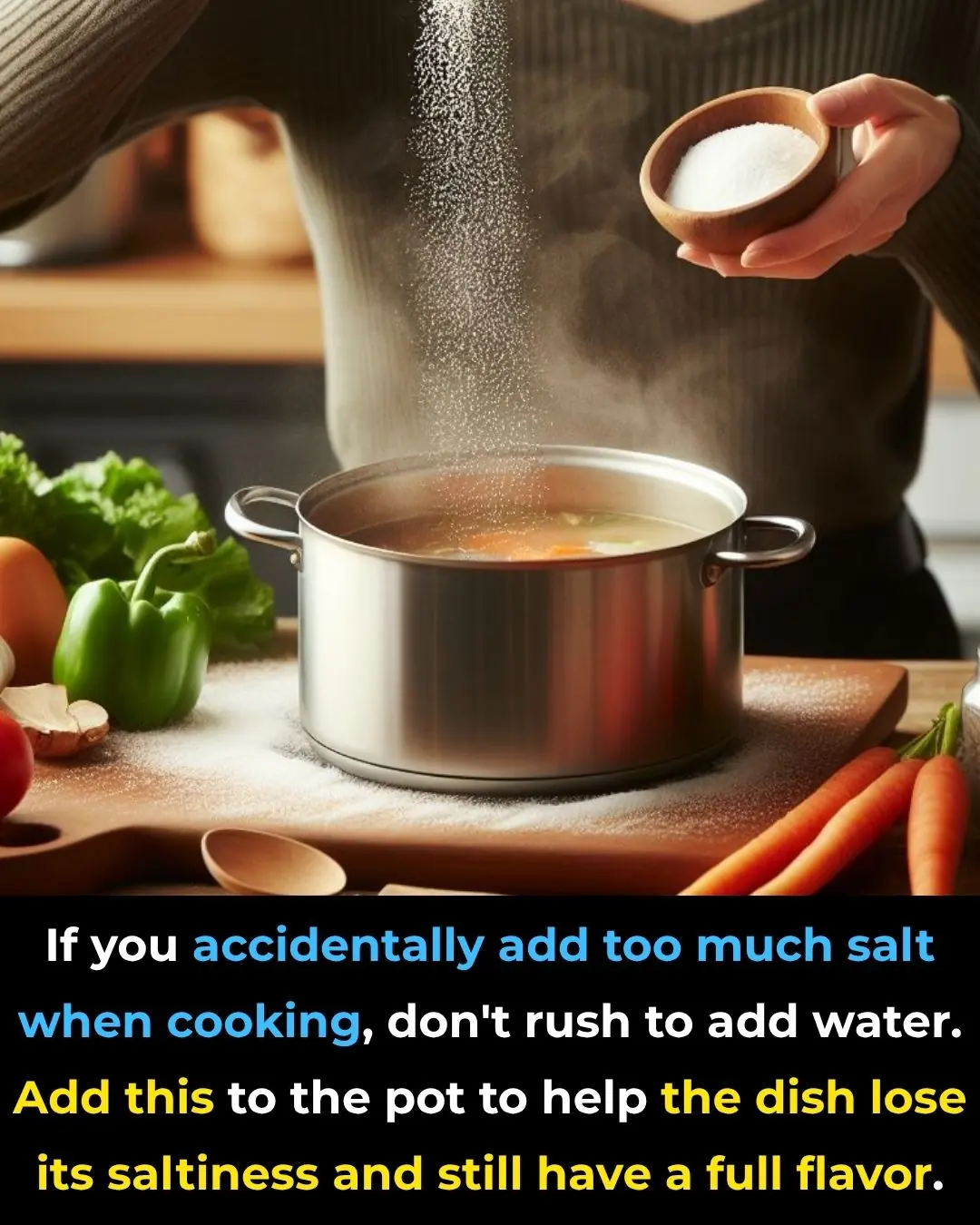
Tips If You Accidentally Add Too Much Salt While Cooking

Most people will never know
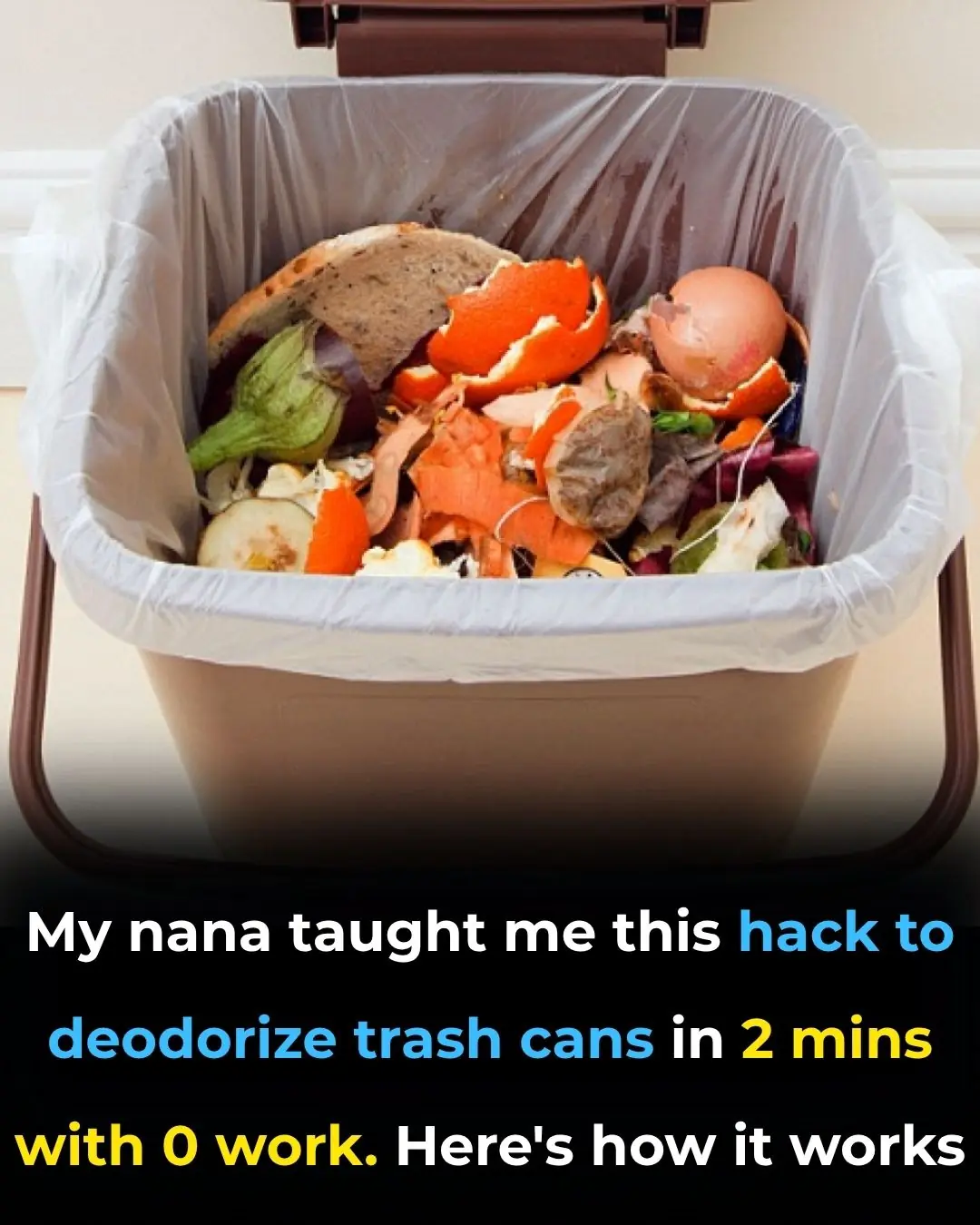
My nana taught me this hack to deodorize trash cans in 2 mins with 0 work. Here’s how it works

Why You Should Sprinkle Salt on Your Gas Stove — The Surprisingly Powerful Cleaning Trick Everyone’s Talking About

Why You Shouldn’t Pour Hot Water into the Kitchen Sink

Moldy and Damp Walls? Try These Simple, Budget-Friendly Tricks — Clean and Fresh in Just Minutes
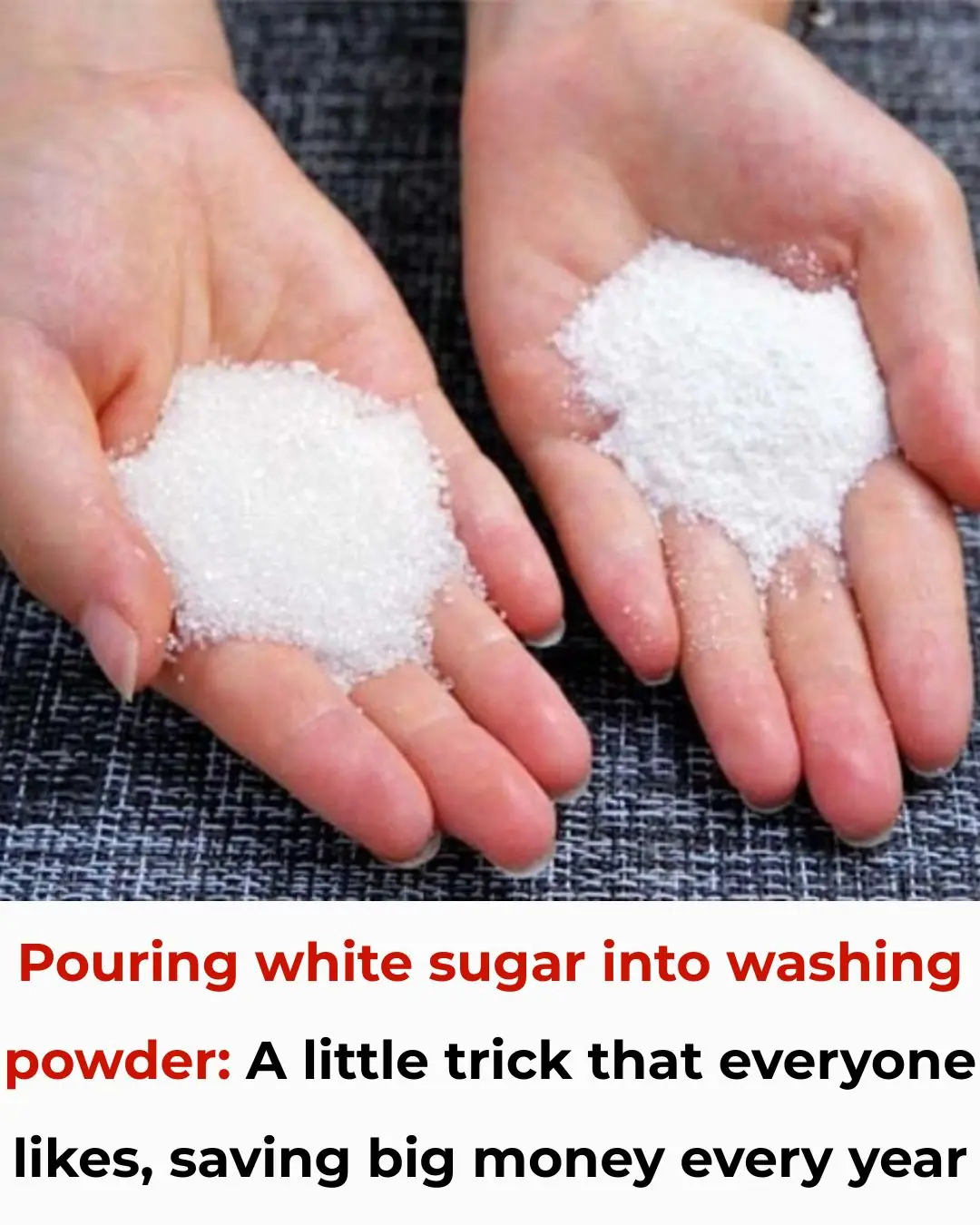
Pour White Sugar into Laundry Detergent: A Simple Household Trick That Saves You Money Every Year
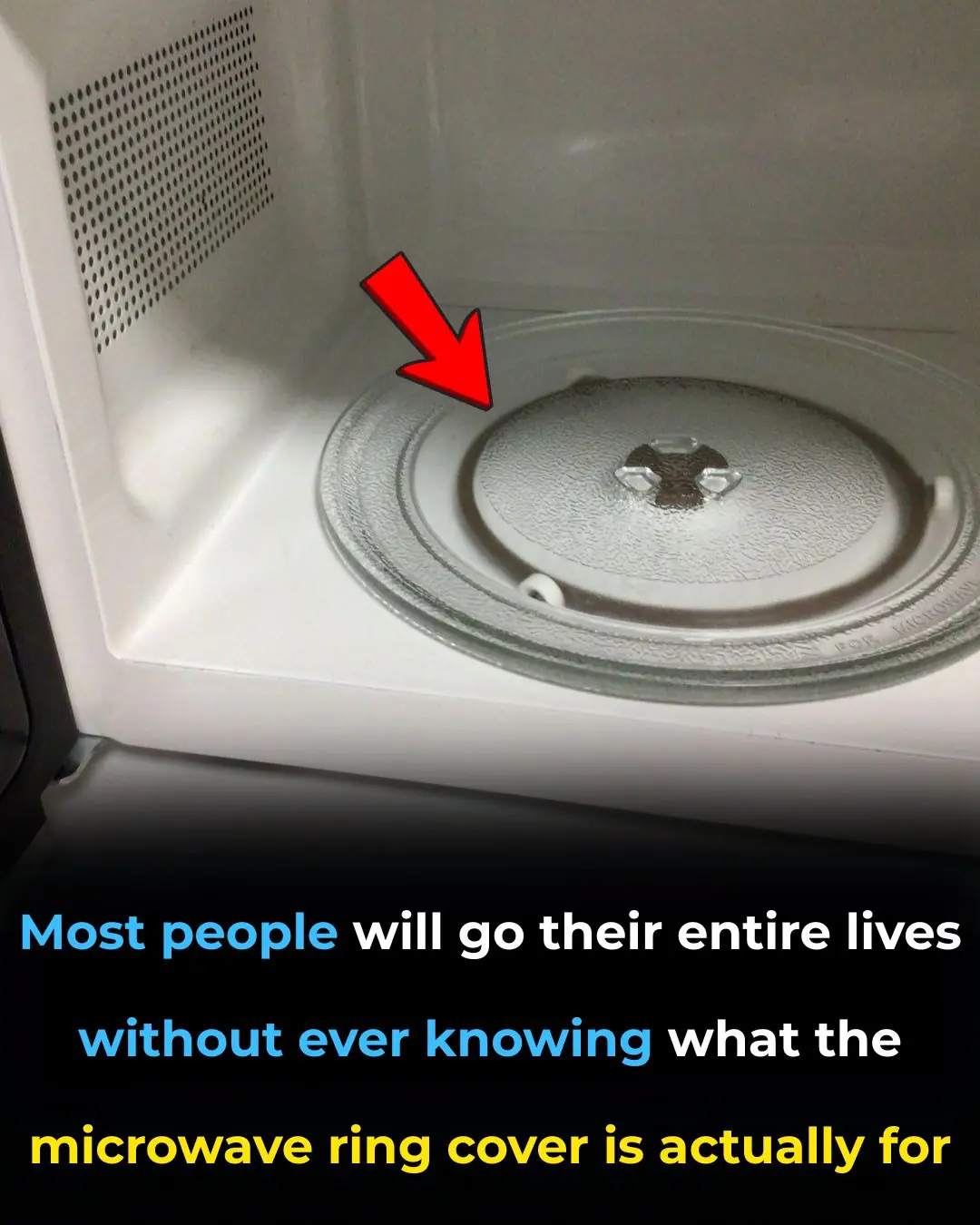
I was totally in the dark on this!
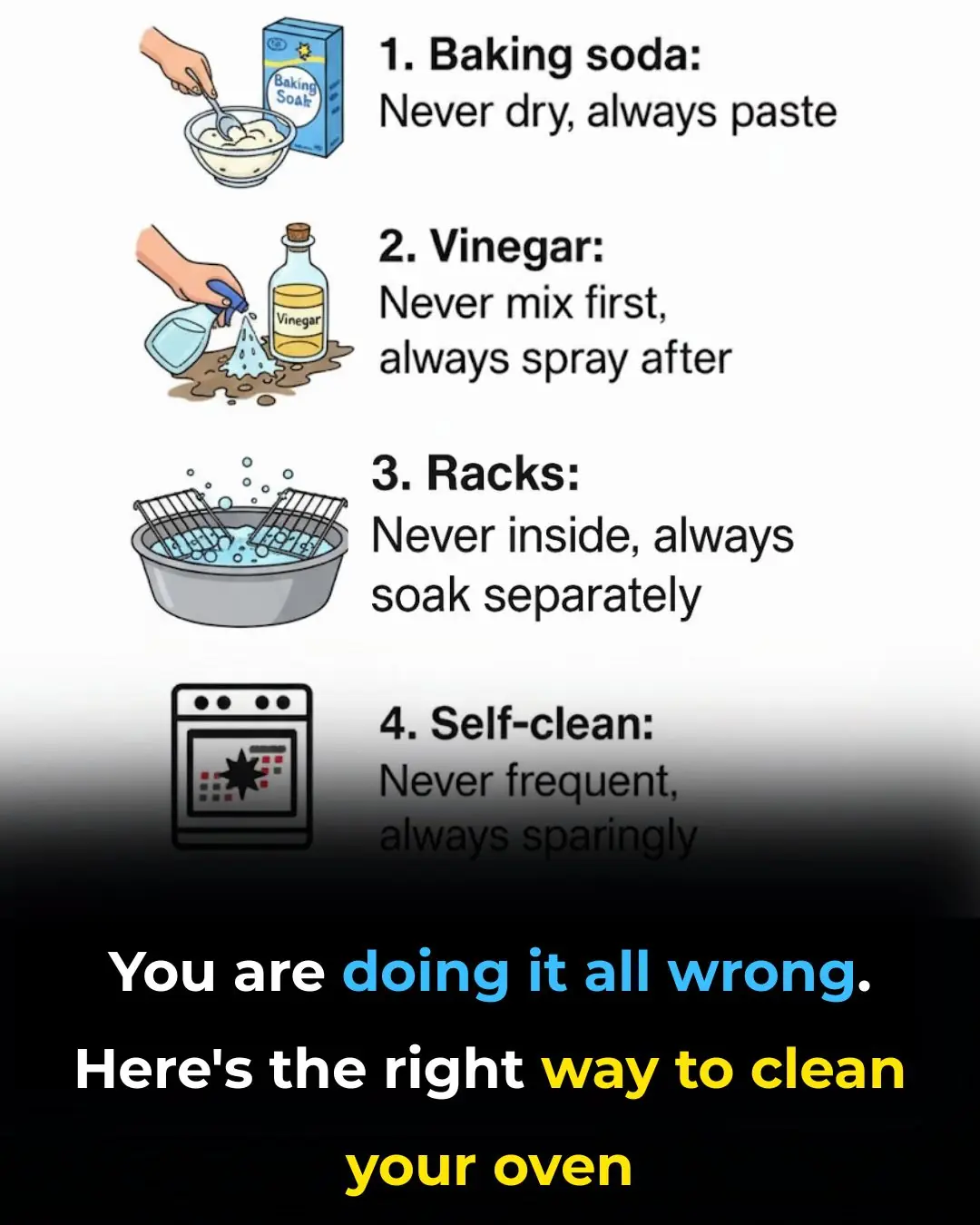
You are doing it all wrong. Here's the right way to clean your oven

My nana taught me this hack to make cloudy glasses sparkle in 2 mins with 0 work. Here’s how it works
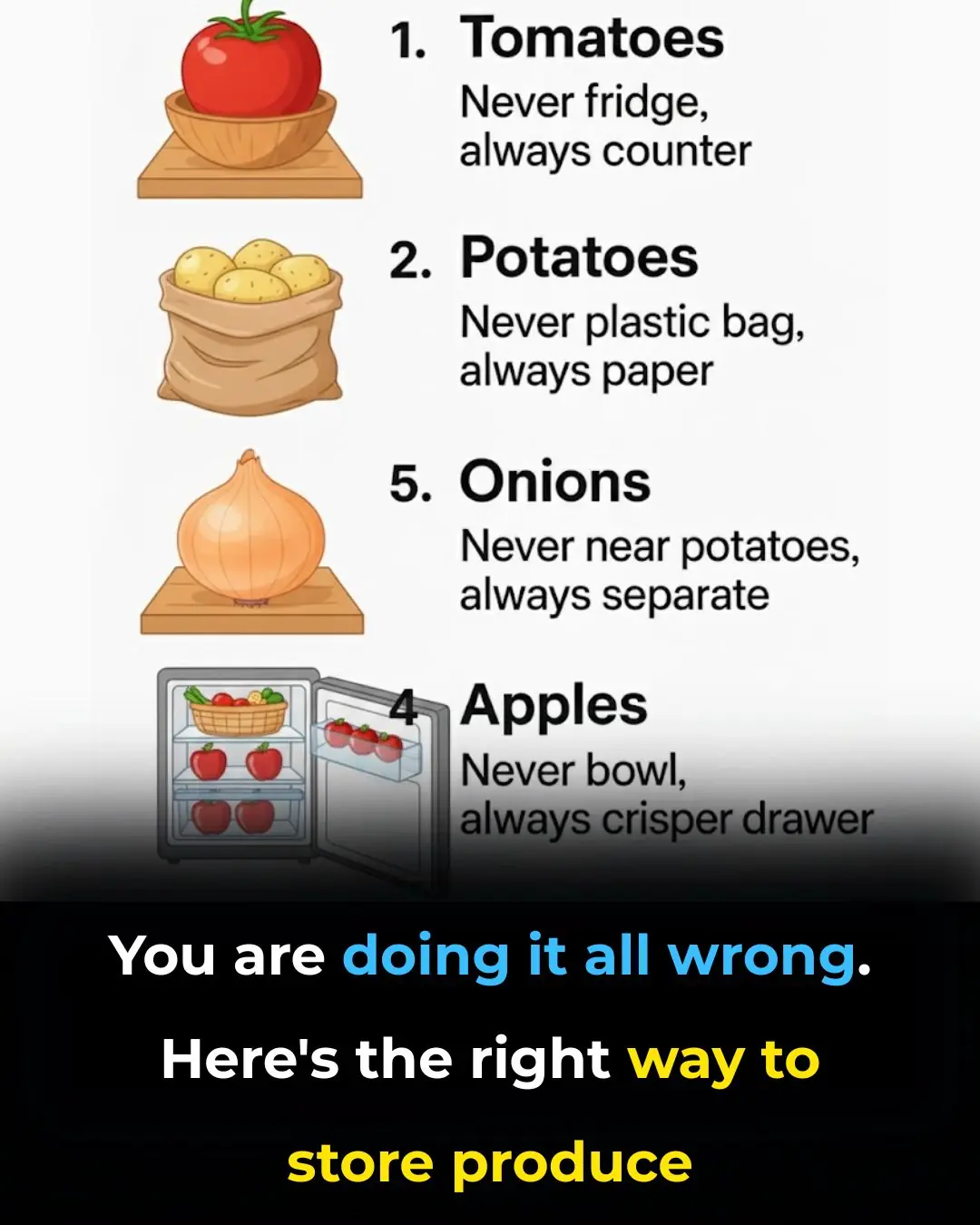
You are doing it all wrong. Here's the right way to store produce
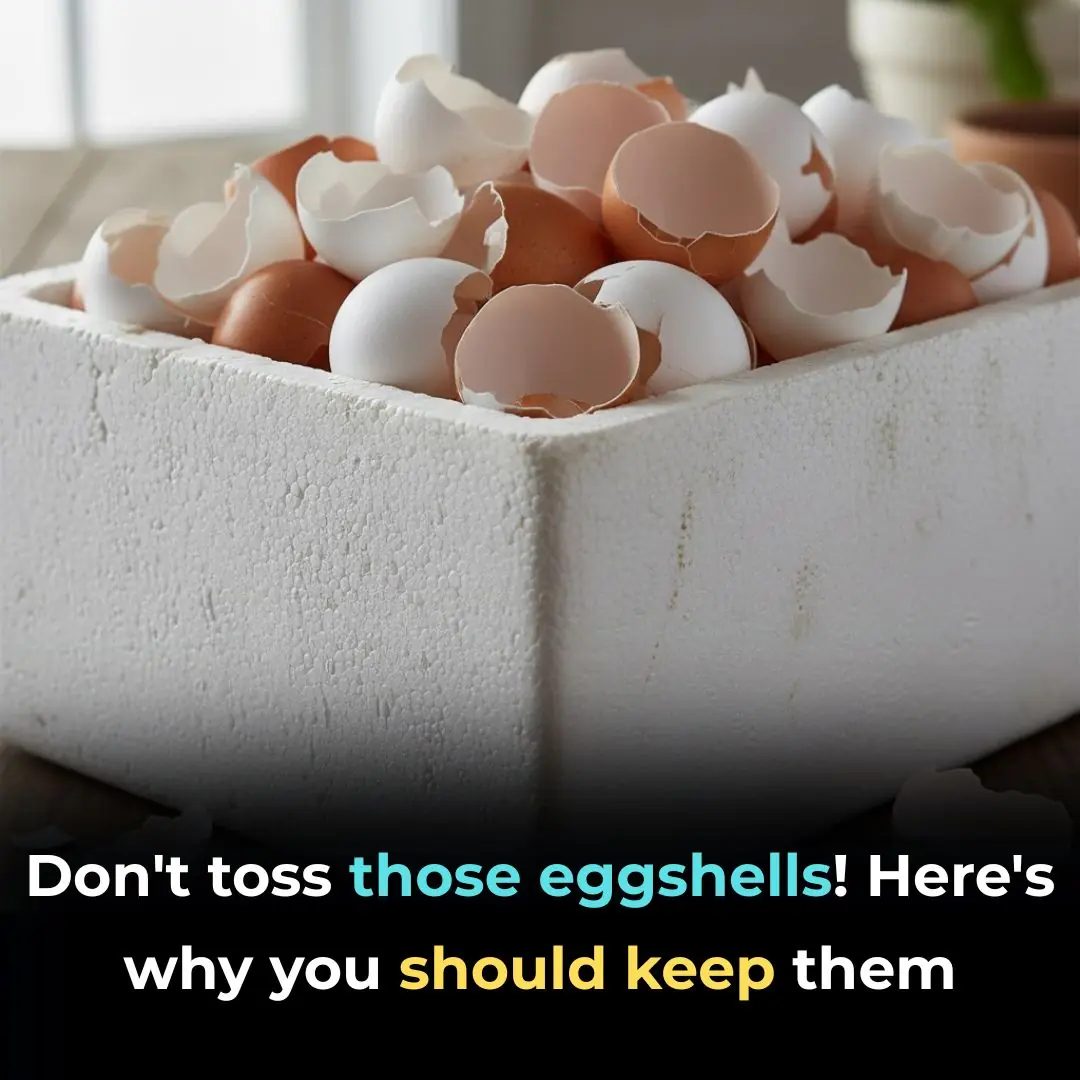
7 Ways to Repurpose Eggshells for a Greener Home and Garden
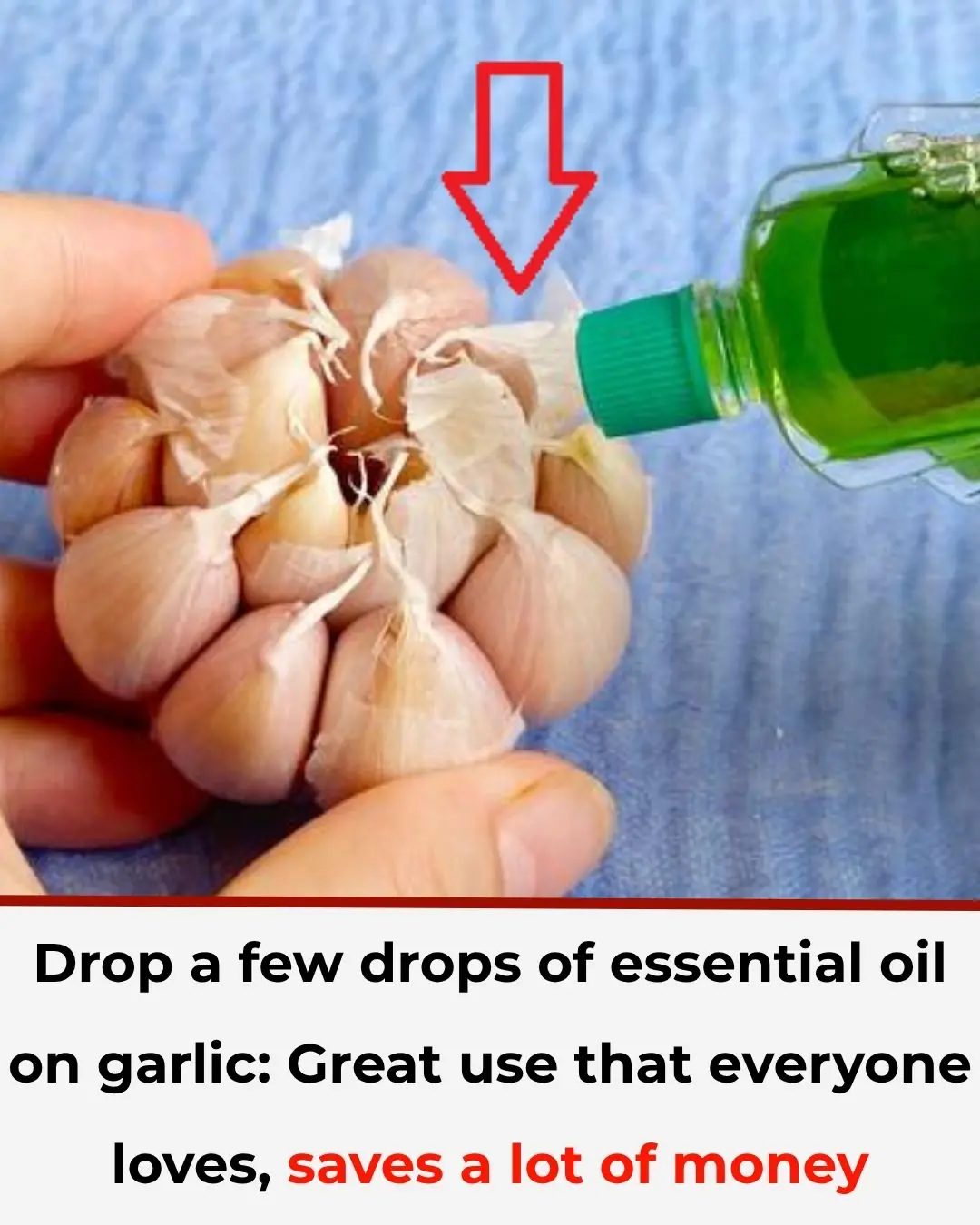
🌿 Add a Few Drops of Medicated Oil to Garlic — The Brilliant Household Trick Everyone Loves!

Did You Know That If These Arrive At Your House It Is a SIGN

Put a cotton ball with VapoRub in your ear & get this remarkable effect

7 foods to prevent premature gray hair, supplement every day to quickly grow long, black and shiny hair
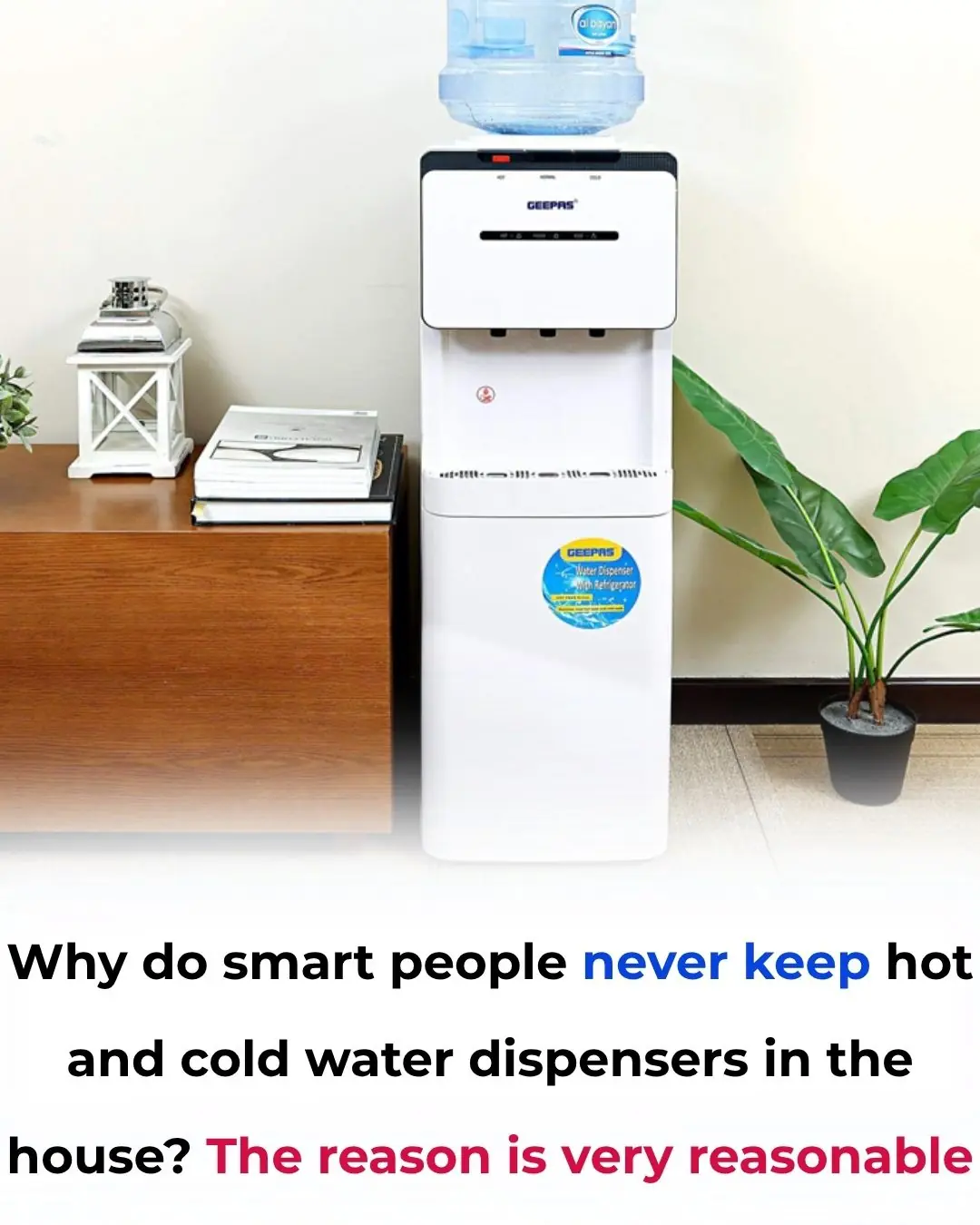
Why do smart people never keep hot and cold water dispensers in the house? The reason is very reasonable
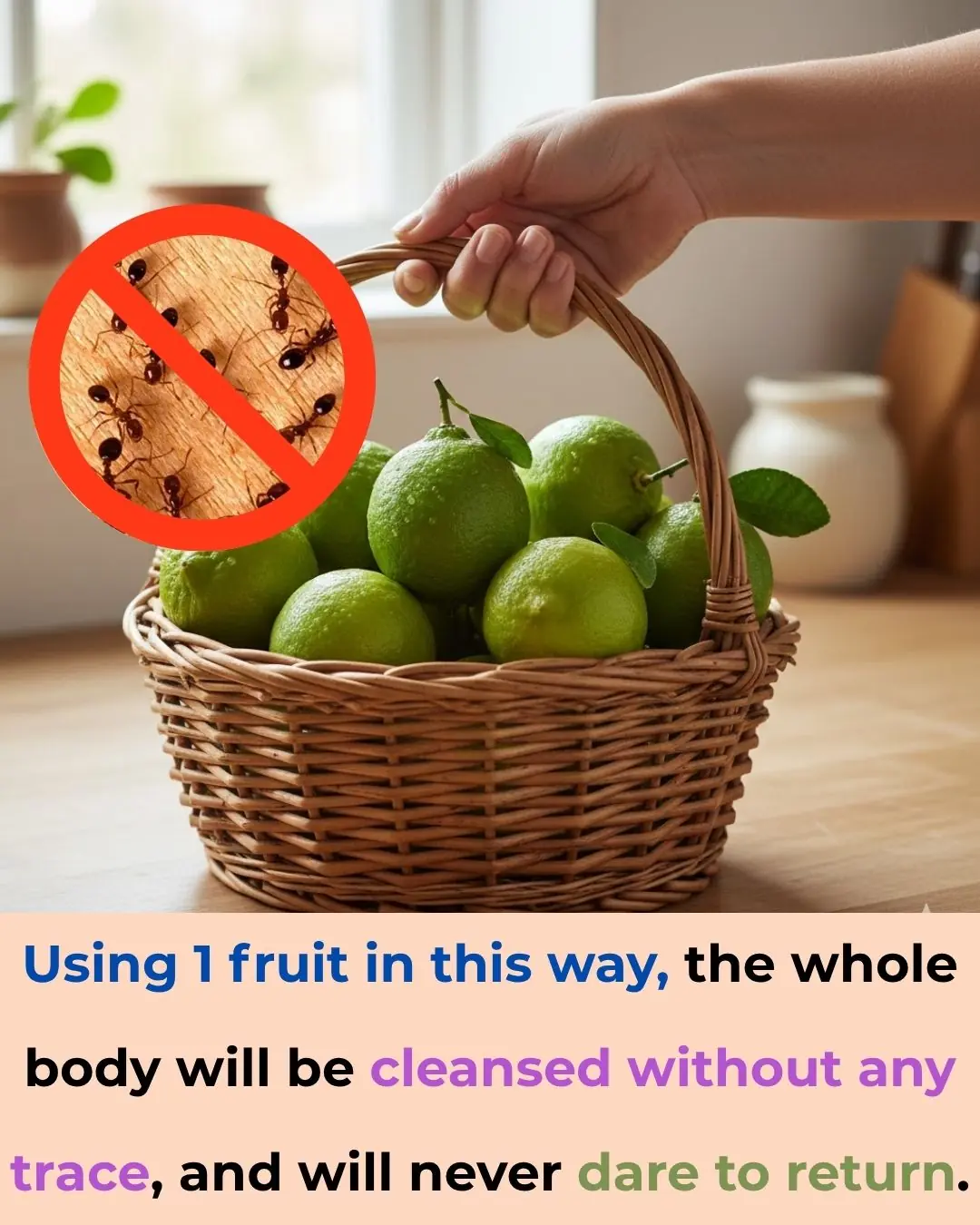
Using 1 fruit in this way, the whole body will be cleansed without any trace, and will never dare to return
News Post

🔊 Hearing Loss: What Really Helps — And What Doesn’t

Health officials issue warning over ‘very contagious’ disease spreading across US state

Tips If You Accidentally Add Too Much Salt While Cooking

🫁 1 Cup to Cleanse Your Lungs of Phlegm and Toxins Naturally

🧠 Nerve Damage? The 6 Best Essential Oils to Help Repair and Soothe Your Nerves

🦷 The #1 Best Remedy for Dental Plaque and Tartar Buildup (Dentist-Approved Home Method)

10 Proven Ways to Lower Uric Acid Naturally (Backed by Science)

Three Traditional Foods That Help Menopausal Women Stay Youthful and Balanced

How to Drink Honey Water Properly: Surprising Benefits, Best Times, and Who Should Avoid It

Most people will never know

My nana taught me this hack to deodorize trash cans in 2 mins with 0 work. Here’s how it works

Why You Should Sprinkle Salt on Your Gas Stove — The Surprisingly Powerful Cleaning Trick Everyone’s Talking About

Taylor Swift reportedly beefs up security by $2M as she steers clear of spotlight at Travis Kelce’s games

Why You Shouldn’t Pour Hot Water into the Kitchen Sink

Moldy and Damp Walls? Try These Simple, Budget-Friendly Tricks — Clean and Fresh in Just Minutes

Pour White Sugar into Laundry Detergent: A Simple Household Trick That Saves You Money Every Year

How Zohran Mamdani’s aloof wife, Rama Duwaji, quietly steered his campaign from behind the scenes

Emmerdale fans spark 'recast' concern as Archie Breckle returns to the village
